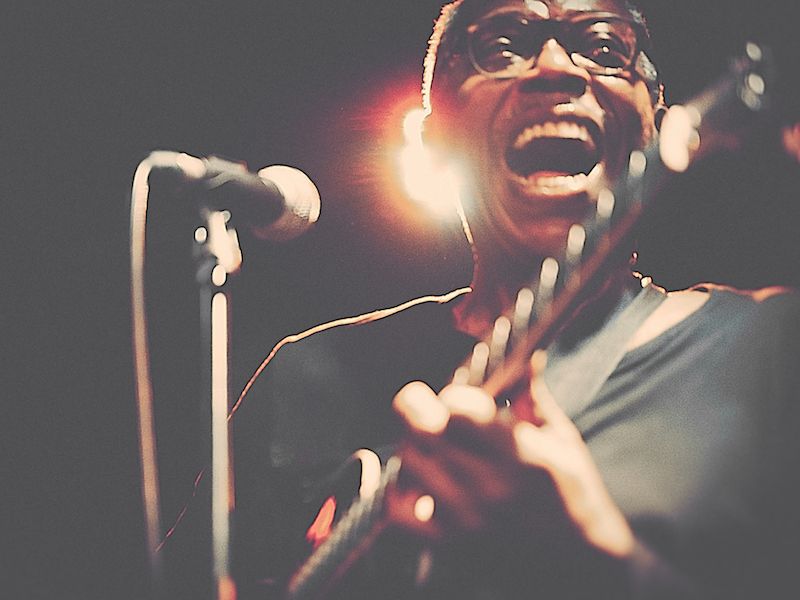
When your favorite song comes on the radio, do you find yourself turning the volume up? You aren’t on your own. When you pump up the music, you can feel it in your gut. And it’s enjoyable. But there’s one thing you should recognize: there can also be considerable harm done.
The connection between hearing loss and music is closer than we once understood. Volume is the biggest issue(this is in regards to how many times daily you listen and how intense the volume is). And many musicians are rethinking how they approach coping with the volume of their music.
Hearing Loss And Musicians
It’s a fairly well-known irony that, later in life, classical composer Ludwig van Beethoven was hard of hearing. He couldn’t hear any of the music he created (except in his head). There’s even one story about how the composer was conducting one of his symphonies and had to be turned around when his performance was finished because he was unable to hear the thundering applause of the audience.
Beethoven is certainly not the only example of hearing issues in musicians. In fact, a far more recent generation of rock musicians, all known for turning their speakers (and performances) up to 11–are now going public with their personal hearing loss experiences.
From Neil Diamond to Eric Clapton to will.i.am, the stories all seem amazingly similar. Musicians spend a huge amount of time coping with crowd noise and loud speakers. Significant damage including hearing loss and tinnitus will eventually be the result.
Not a Musician? Still a Problem
As a non-rock star (at least when it comes to the profession, everybody knows you’re a rock star in terms of personality), you might have a hard time relating this to your own concerns. You’re not performing for huge crowds. And you don’t have massive amplifiers behind you every day.
But you do have a set of earbuds and your chosen playlist. And there’s the concern. Thanks to the advanced capabilities of earbuds, just about everyone can experience life like a musician, inundated by sound and music at way too high a volume.
This one little thing can now become a serious problem.
So How Can You Safeguard Your Ears When Listening to Music?
So, first we need to admit there’s an issue (that’s usually the first step, but it’s particularly true in this case). People are putting their hearing in jeopardy and have to be made aware of it (especially more impressionable, younger people). But there are other (additional) steps you can take too:
- Use earplugs: Wear earplugs when you go to a concert or any other live music show. They won’t really diminish your experience. But they will protect your ears from the most severe of the injury. (And don’t assume that using hearing protection will make you uncool because it’s what the majority of your favorite musicians are doing.).
- Keep your volume under control: If you go above a safe listening level, your smartphone may alert you. If you value your long-term hearing, you should adhere to these warnings.
- Get a volume-monitoring app: You are probably unaware of the actual volume of a live concert. Wherever you find yourself, the volume of your environment can be measured with one of many free apps that can be downloaded to your smartphone. As a result, when harmful levels are reached you will know it.
Limit Exposure
In many ways, the math here is rather straight forward: the more often you put your ears at risk, the more significant your hearing loss later in life could be. Eric Clapton, as an example, has entirely lost his hearing. He likely wishes he begun wearing earplugs a lot sooner.
Reducing exposure, then, is the best way to reduce damage. For musicians (and for people who happen to work around live music), that can be difficult. Part of the strategy is wearing hearing protection.
But all of us would be a little better off if we just turned down the volume to reasonable levels.
